“Hunting for my roots, I dived into surreal depths,
Only to find my branches reach unprecedented heights”
Understanding the roots of Reiki comes easy with the comprehension of its etymology. The word ‘Reiki’ comes from the Japanese kanji. Kanji are the pictographic ideograms used in the written language of Japan which are based on simple drawings. The Japanese characters/ kanji are not sounds, like the letters of our alphabet, but pictures or ideas. This was adapted from the original Chinese logographic writing system.
Original Rei-Ki Kanji
Kanji comprises of many levels of meaning varying from mundane to esoteric. An interpretation of its meanings helps in a deeper understanding of the healing art of Reiki. The kanji for Reiki which is on Dr. Usui’s memorial stone at Saihoji Temple, Tokyo, erected in February 1927 was written by Admiral Ushida, Dr. Usui’s successor as the head of the Reiki Society in Japan. This character is represented by two kanji – ‘Rei’ and ‘Ki’ which means spiritually guided life force. You can read more on this in the article “Unveiling Reiki: The Science of Reiki (Part 2)”
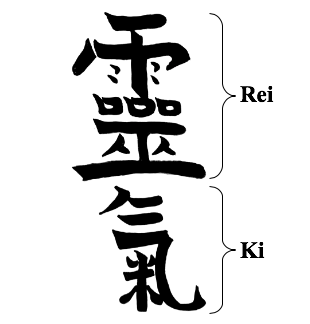
Kaisho Old Standard Style
This is how Reiki was drawn during Mikao Usui’s lifetime (pre-World War II/ pre-1940’s)
Interpretation of Original Kanji for Rei – Upper Kanji
General Definition: Universal; omnipresent
Esoteric Meaning: Spiritual wisdom
Composed of: Ame (rain), Kuchi (3 mouth/container) and Miko (shaman)
Ame, the first character symbolizes rain. Rain represents birth and is associated with life and growth. Rain also represents cosmic blessings for Earth and its beings from the Universe. Water has a special significance spiritually since it is adaptable, flows around obstacles and has a cleansing ability.
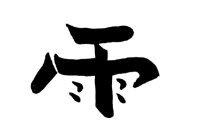
Ame(rain)
Kuchi, the second character, which looks like 3 squares is a simplified version of the character Utsuwa 噐, which means container. They represent the chalice or cauldron held by the shaman or sorcerer (Miko; read below) for conducting ritual prayers. Container also refers to the human body, which is the home for the spirit. Three mouths mean prayer indicating that the three archetypal partial personalities of the Inner Child, Middle Self, and Higher Self are offering prayer to the divine. Read more on this in the article “Unveiling Reiki: The Trinity and Non-Duality in Reiki (Part 3)”. Although the three partial personalities have different names in the Chinese teaching, here they are known as the three Hun souls (yang aspect of the soul).
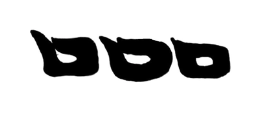
Kuchi (mouth/container)
Miko, the third character represents a shaman, witch, sorcerer, or shrine maiden (yin aspect of the soul) standing on Earth, arms outstretched in prayer and tassels hanging down. The reclining H (Ko) represents work with a farming device. The lower horizontal stroke is the earth, the vertical stroke is an axis inserted into the ground, and the upper horizontal stroke is a leverage beam that is being moved by the working people. The two inverted Y to the right and left of the axis are two people (Hito). Human beings and work in this combination result in the character for a shaman (Miko). It represents the medium or channel that communicates with the invisible world and brings its gifts to humans. Miko are often seen in Japanese Shinto shrines. Further, the two people shown are mirror images and may represent that it is necessary for the shaman to balance its dual human nature (spiritual and material) in order to perform their healing work.

Miko (shaman)
Interpretation of Original Kanji for Ki – Lower Kanji
General Definition: Vital life force, life energy
Esoteric Meaning: Consciousness
Composed of: Kigamae (steam/breath/air), and Kome (rice)
Kigamae, the top character represents the vapour or steam given off from a cooking pot of rice (kome). It depicts the breath of life (prana/ chi) that denotes the air-like quality of energy/ life force (Reiki) that could be felt or can cause change but cannot be seen.
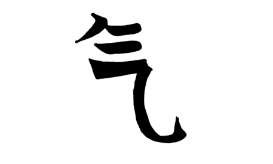
Kigamae (steam/breath/air)
Kome, the bottom character symbolizes rice, which is the staple and energy-giving food in Asian culture. This character symbolizes the energy dispersing in all directions from the rice kernel.
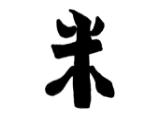
Kome (rice)
Thus, the Reiki kanji suggests that a Reiki practitioner is like a shaman, the miko, who is a conduit between the cosmic blessings of the Universe and the physical elements and beings on Earth. According to the book “This is Reiki” by Frank Arjava Petter, “all Japanese Reiki sources talk about the aim for the practitioner to become like a miko.” The one who practices Reiki is equivalent to a bridge that transmits the universal healing energy to anybody and anything that needs it on Earth. At the same time, the miko is on the journey towards realizing non-duality.
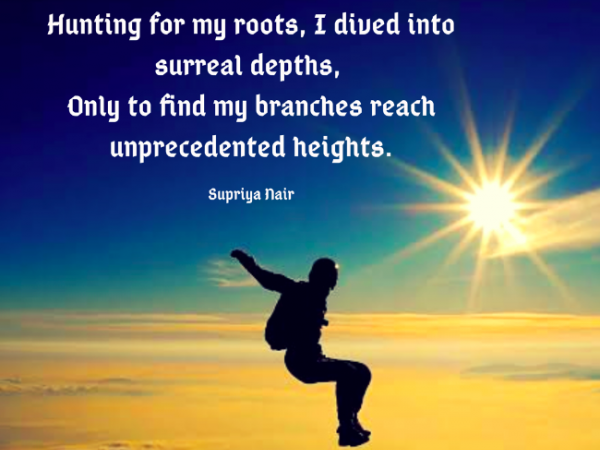
Evolution of Reiki Kanji
“Completion is a fallacy; the Universe runs in circularity.”
Over time the kanji became more abstract and is reproduced all over the world in various forms. Although, many kanji still have symbolic meanings associated with them, the meanings have also evolved over time.
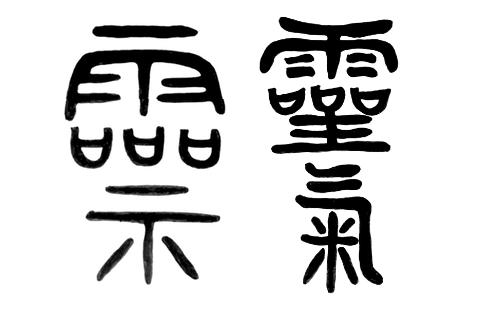
Modified Reiki Kanji
For instance, the upper part of kanji Rei that portrays rain (Ame) was adapted to mean clouds, and the meaning expanded to encompass several interpretations including heavens, the spiritual realm, higher consciousness beyond ego, spiritual consciousness, universal mind, God, the supreme being, the third heaven, etc. However, the basic essence that spiritual healing, creativity, genius and miraculous experiences originate from these realms remains unchanged.
Alternatively, the middle section of Rei that depicted three square containers (Kuchi) now represents 3 rounded spheres illustrating the three aspects of human being viz. body, mind and spirit. It represents the healer specifically who is present between heaven and Earth and acts like a bridge or channel that brings the wisdom, guidance, and healing from the higher realms to the Earth.
Whereas the lower section of Rei which represented the shaman (Miko) in the original script is now replaced by horizontal line(s) and denotes the Earth plane, portraying layers of living and non-living things. Sometimes, Miko is replaced by an altar, sacrificial table or a jewel or heart element.
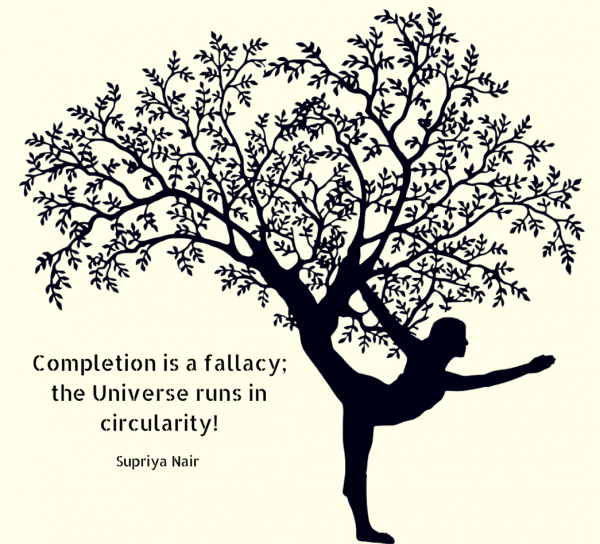
Shaman Who Makes Rain
Jim PathFinder Ewing associates the original symbol of Reiki, which is on Dr. Usui’s grave as shamanic in origin and application. According to him, it represents a ‘Shaman Who Makes Rain’. The kanji of Rei according to him means ‘rainmaker’ while the mist in Ki can be seen as the Life Force Energy in its potential or unrealized state. The shaman is the one who brings forth the miracle of rain (healing) from Ki (mist) for nourishing the physical beings.
Veneration of the Dead
Historically, Japanese performed commemorative ceremonies and offered cooked rice as a part of ancestor worship. Some interpretations about the kanji Ki represented by three lines meaning ‘sky energy’ and the asterisk-like form meaning ‘rice’ associates it with offering food to the spirits.
Modern Kanji
Reiki kanji in today’s modern era is a simplified version of the original characters. This simplified form of kanji is called Shinjitai. In the new character form Shinjitai, there are no containers or mouths to hold the rain from heaven, and no shaman. The rice grain, which in the original kanji was depicted with an asterisk and gave an impression of radiance, has now been replaced with what looks like a dagger or an X.
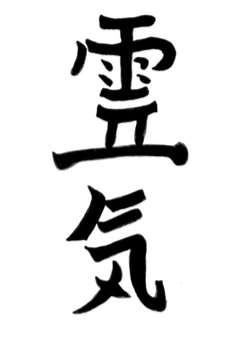
Modern Kanji for Reiki
Katakana Replaces Kanji in Japan
The eeriness of the meaning of kanji has made the modern Japanese switch to a different script that is phonetical and does not represent meaning. It is called Katakana. Katakana are similar to our alphabets and are a set of letters used to write foreign words imported to Japanese. The reason why Reiki is written in katakana is because until recent years, a majority of the Reiki practitioners were using western Reiki taught outside of Japan.

Modern Katakana for Reiki
Apart from the prominent ones mentioned above, there are numerous other forms in which Reiki kanji has branched out. Although, the kanji for Reiki has evolved drastically over time, which kanji should a practitioner use is an individual choice. However, every Master should include at least the common forms of the Reiki kanji and their interpretations in their teachings to help the students understand the heart, spirit, and essence of Reiki.
Article by Reiki Master Supriya Nair
Free eBook download: We’ve created an eBook with our best articles on this topic, and offer it for free to all our newsletter subscribers.
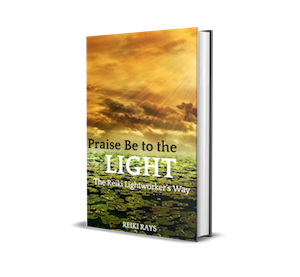

Supriya Nair
Dr. Supriya Nair, IMD, PhD has been a Reiki and Kriya Yoga practitioner since 2008. A conduit between the scientific and spiritual worlds, Dr. Supriya has a profound fascination for the healing arts. Apart from holding the title of Usui Reiki Master Teacher, Dr. Supriya is a certified Health Coach and proficient in various integrative medicine modalities. She is also the author of "Train Your Brain to Unchain Your Pain."
To get in touch with Dr. Supriya, you can reach out via email at [email protected] or connect with her on Facebook at facebook.com/supriyanair111 and on Instagram at instagram.com/proconscious.cafe.





Very beautifully explained and written 😍❤
Thank you Supriya!
Very, very interesting and very cool.
Over the past couple weeks, been contemplated how deep the meanings of Reiki go based on etymology, languages and Kanji, and here it is!
Wow you are awesome.
Thank you writeously. Glad it resonated.
Thank you Margina
Thank you Supriya , a most informative and valuable article. I love the original Reiki kanji and when I initially discovered it some years ago I immediately appreciated the deeper meaning. It wasn’t something taught in my original Reiki training but it is so relevant. Gratitude for sharing this wisdom to a wider audience.
It’s lovely how you mentioned everything with precise information. It’s truly saddening to see how modernization is taking tolls on ancient traditions and disrupting the original message & intentions. I personally didn’t like the modern Reiki symbol, I’d rather prefer the original Traditional Reiki Symbol.